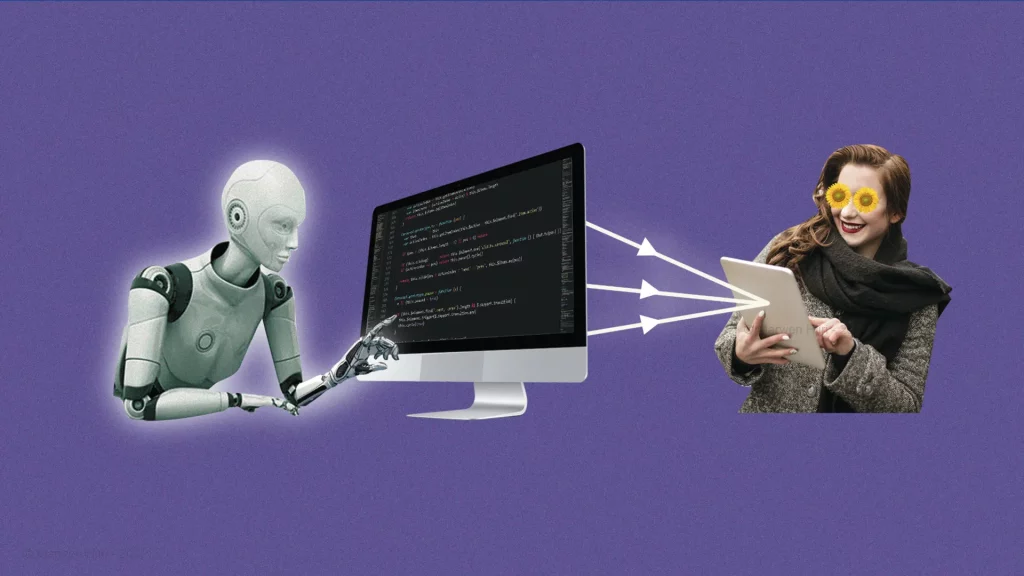Machines demonstrate intelligence, that is how we can define artificial intelligence, and it is a breakthrough in the field of technology. Machine learning forms the core of AI, transforming and revolutionizing the world. AI is the need of the day as it helps predict and assess risks for businesses and other sectors (Takyar, 2018). Whether it’s marketing, security, or customer service, AI has advanced the standards for companies and has created a highly competitive environment. From deciding how much a bank should lend the customer to providing details about fraud and warning market traders about risks, AI has taken over every field (Aziz & Dowling, 2018).
Successful companies habitually identify and mitigate potential risks. With the emergence of AI, these obstacles have become more manageable, and corporate departments have begun the usage of AI-powered risk assessment tools. Risk Matrix, Decision Tree, FMEA, and Bowtie models are some examples of risk assessment tools. Companies can face various types of privacy, security, safety, and performance risks, or third-party risks. The goals are always the same to effectively organize the risk evaluation process and take steps to minimize the risk (Aziz & Dowling, 2018).
Risk evaluation
Risk evaluation is the process of identifying risks and analyzing them to determine the appropriate safety precautions. Risk assessment, a collection of analytical tools, can be used to estimate future increases in entrepreneurial income or, conversely, to analyze potential losses due to rising risks. It can be applied in several circumstances, including creating a product, feasibility studies, and workplace structure (Shackleford, 2021). In a situation where there are no precise regulatory requirements, one should apply risk evaluation. The main goal is to reduce loss, maximize income and increase work efficiency.
AI-powered systems can help corporations in evaluating the following risks:
- Confusing situations
- Chances of the occurrence of a situation
- Consequences of the occurrence
There are several corporate market risks, including financial, operational, strategic, and reputational risks. Studies show that financial risks account for around 10% of significant market capitalization declines, while operational risks account for about 30%; the remaining 60% of declines are due to strategic risks, even though strategy ranks third in risk-prioritization exercises (Khalid et al., 2022).
Risk managing
AI can also help organizations in managing risks at different stages. It includes determining the risk exposure and assessing and analyzing its impact. It also helps suggest and identify the instruments best to reduce or shift the risk.
As risks come in all shapes, sizes, and forms. A risk management framework usually comprises management tools, processes, and practices for the following:
- Risk identification
- Risk analysis
- Risk-reducing measures
- Risk monitoring
A risk management framework is usually aimed at protecting organizational assets from all external and internal threats (D. D. Wu et al., 2014).
AI methods for precisely predicting corporate risks will eventually automate risk management by developing machine learning algorithms using techniques. These techniques can estimate risks with minimum error values. A necessary component of machine learning is the creation of models that can be developed and provide predictive results. The ability of these models is to analyze large amounts of data which helps in management and allows risk managers in institutions to assess risks more effectively and timely. AI systems can detect connections and identify patterns that humans cannot (Khalid et al., 2022).
There is no stand-alone technology that can help in evaluating the risks. AI is a high-level technology that utilizes volumes of data to increase productivity no matter what. Although computers can perform tasks associated with human intelligence, companies should test their effectiveness by applying AI-powered strategies.
AI applications in risk management
- Threat intelligence evaluations
- Management of security events
- Detection of fraud
- Employee workforce risk reduction
- Data classification and monitoring
Advantages of using AI in risk assessment
- AI’s main strength is its emotional lack, as humans are always influenced by their emotions and feelings.
- AI offers several solutions on the basis of previously downloaded data and can predict the emergence of new risks while using that data. It can also classify information according to defined patterns and categories and monitor access.
- No production is completely automatic today, as the machine cannot assess the results of its actions. With the help of AI, hundreds of businesses or factories worldwide can work without any human assistance while ensuring quality.
Failure
AI system is intellectual and self-contained, but it also has one issue. No system can completely replace human intelligence, and any machine can malfunction. Failure in any calculation can lead to irreversible outcomes, and the company’s critical data can be lost during the process. Companies would fail risk prevention and assessment this way. Also, enabling AI systems is very costly.
Artificial intelligence has its own unique set of operational and functional advantages and its own risks too. The transformation is setting new challenges as well as new opportunities. Companies should carefully evaluate the pros and cons of AI systems while adopting this technology.
References
Shackleford, D. (2021, July 16). The benefits of using AI in risk management. Security. https://www.techtarget.com/searchsecurity/tip/The-benefits-of-using-AI-in-risk-management
The team, A. (2022, October 18). Artificial Intelligence For Risk Assessment And Prevention. Azati: Uniting Experts to Fulfil Important Projects. https://azati.ai/ai-for-risk-assessment-and-prevention/
Aziz, S., & Dowling, M. M. (2018). AI and Machine Learning for Risk Management. SSRN Electronic Journal. https://doi.org/10.2139/ssrn.3201337
A. Takyar, “What is Artificial Intelligence? understand artificial intelligence in 5 minutes,” 2018, https://www.leewayhertz.com/what-is-artificial-intelligence-understand-ai-in-5-minutes/%23:%7E:text=Artificial%20Intelligence%20(AI)%20is%20a,reasoning%2C%20and%20self-correction
D. D. Wu, S. H. Chen, and D. L. Olson, “Business intelligence in risk management: Some recent progresses,” Information Sciences, vol. 256, pp. 1–7, 2014.
Khalid, S., Khan, M. A., Mazliham, M., Alam, M. M., Aman, N., Taj, M. T., Zaka, R., & Jehangir, M. (2022). Predicting Risk through Artificial Intelligence Based on Machine Learning Algorithms: A Case of Pakistani Nonfinancial Firms. Complexity, 2022, 1–11. https://doi.org/10.1155/2022/6858916
Just a moment. . . (n.d.). https://reciprocity.com/blog/using-artificial-intelligence-in-risk-management


